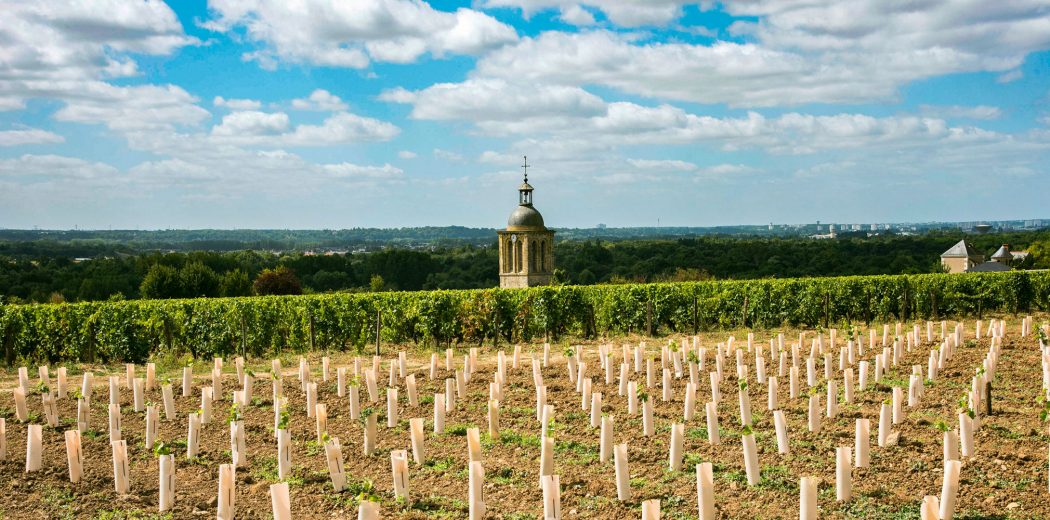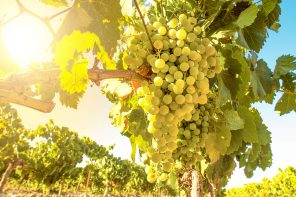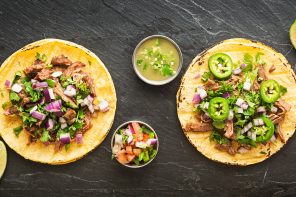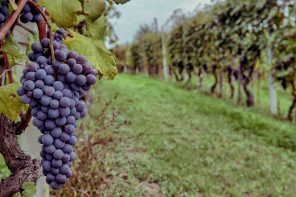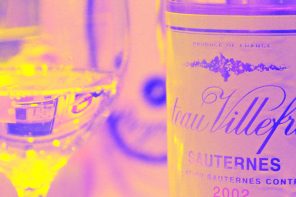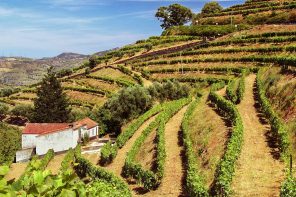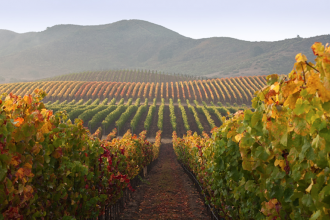Calling all white wine lovers! There’s a Loire Valley appellation that you might not know of just yet, but definitely should. Whether your palate gravitates toward crisp, mineral-driven bottles, or sticky sweet dessert wines are more your thing, all can be found in this legendary Touraine-based appellation. Even bright, fruit-forward bubbles consistently flow through this viticultural hotbed. This week, we’re honing in on one of Chenin Blanc’s most favored places to call home: Vouvray.
Vouvray is located east of Tours, on the right bank of the Loire river. Small streams run fervently through the region, creating a unique microclimate different from surrounding appellations, particularly allowing Botrytis cinerea, otherwise known as noble rot, to develop. Continental climate dominates, though maritime nuances from the nearby Atlantic also influence the appellation.
Winemaking first began in Vouvray during the Middle Ages, mostly at monasteries run by the Church. By the 1700s, large chateaux were being crafted from the region’s tuffeau rocks, giving way to highly conducive conditions for sparkling wine production. The appellation’s wines are almost entirely crafted from Chenin Blanc, which is thought to be indigenous to the neighboring Anjou-Saumur region. As the wine trade began to grow across Europe, so did the expansion of Chenin throughout the Loire Valley.
Although the appellation is almost entirely dedicated to Chenin Blanc, there is minimal production of the Arbois grape allowed within Vouvray’s AOC regulations. The appellation covers over 2,000 hectares, making it the leading producer (with regards to appellation) of Chenin in all of France.
Vouvray’s harvest is extremely long, due to the differing styles of wines produced from the same grape. Chenin destined for sparkling is the earliest picked (designated pétillant for semi-sparkling and mousseux for fully sparkling), while concentrated, botrytized grapes (those affected by noble rot) are harvested last. Over one million bottles are produced in Vouvray annually.
The dominant production style is extremely variant year to year, solely based on the appellation’s unique climate conditions. Cooler vintages lead to drier wines, including bubbles, while warmer years aid in the production of sweeter expressions of Chenin. The region’s soils are dominated by gravel and clay, set atop the region’s signature tuffeau bedrock.
Since the creation of the AOC in 1936, the traditional style of winemaking has been extremely hands-off, allowing the grapes and terroir to speak for themselves, usually through stainless steel or neutral oak. Grab a few bottles varying from dry to sweet and see just how versatile Chenin from Vouvray can be – bubbles included, of course.

